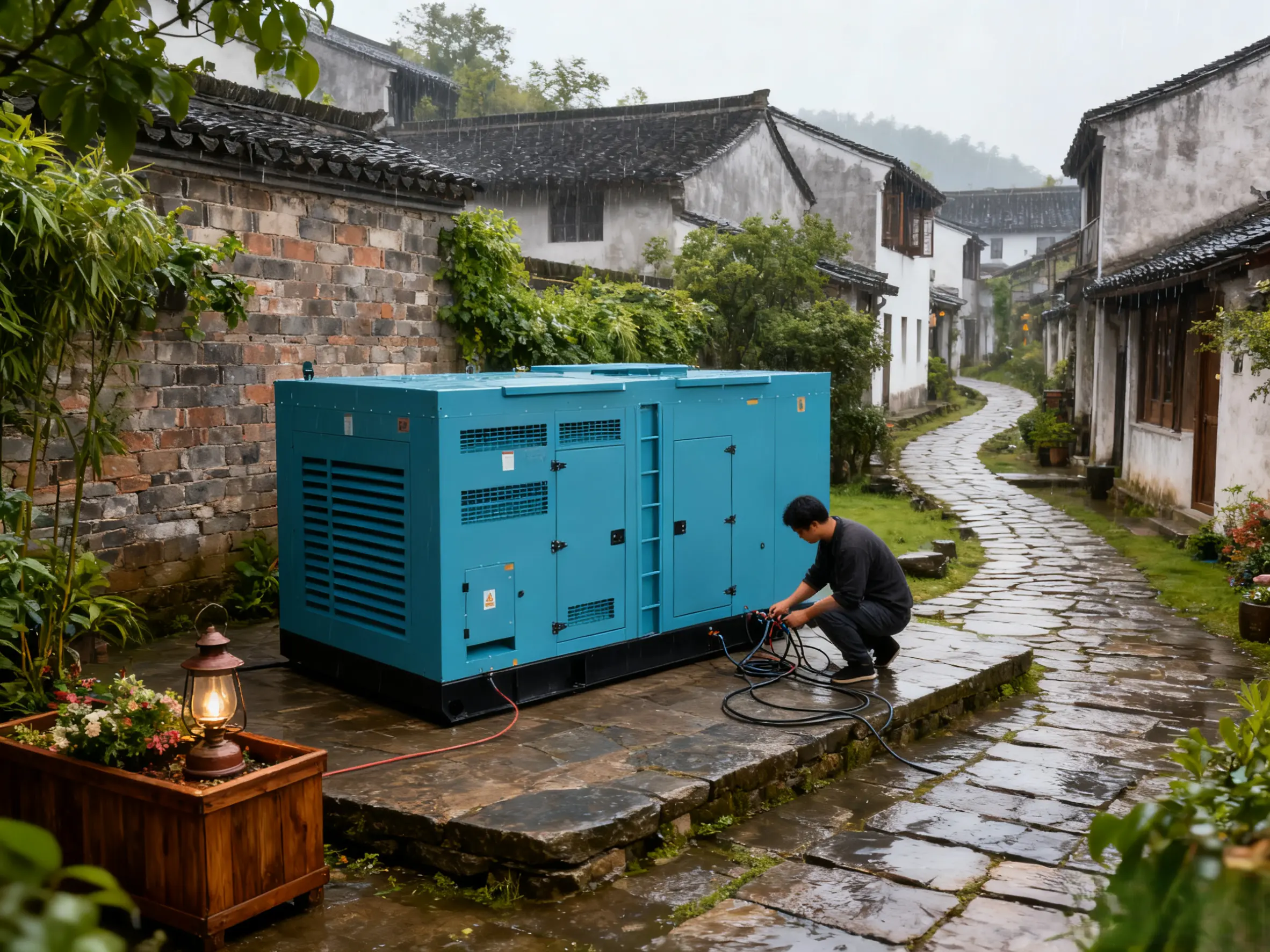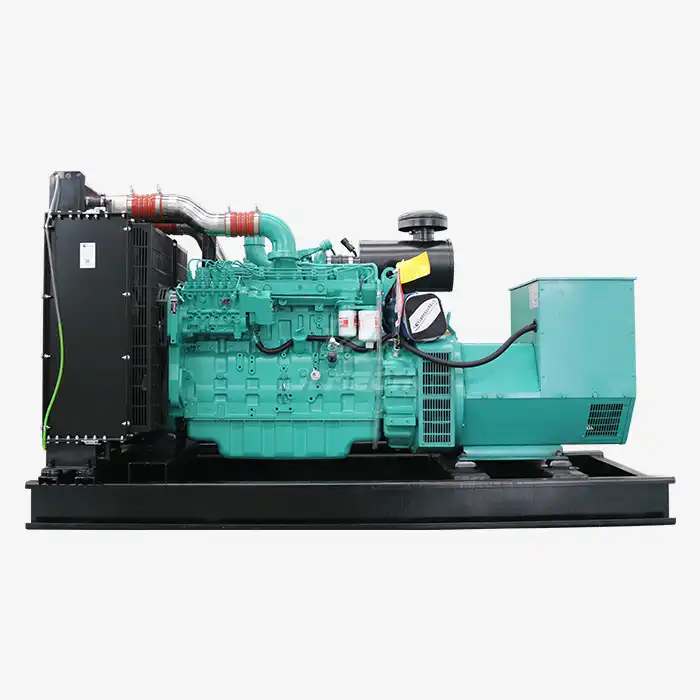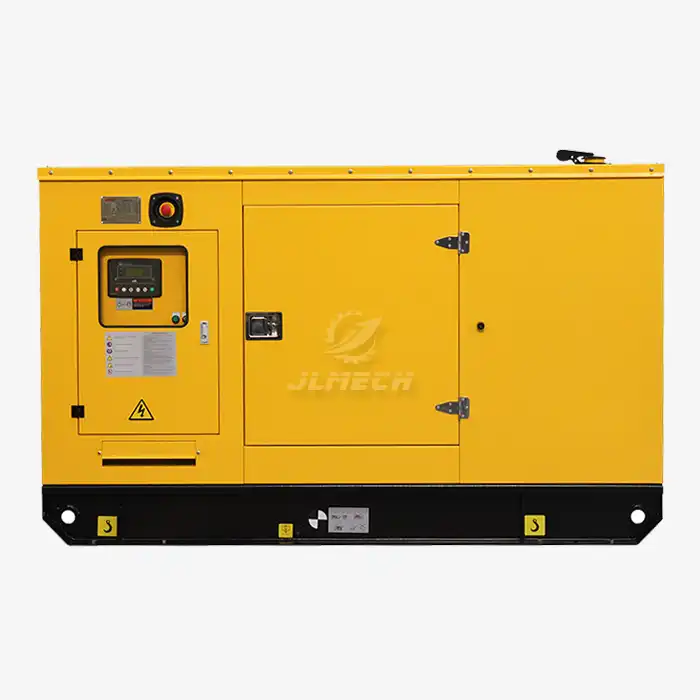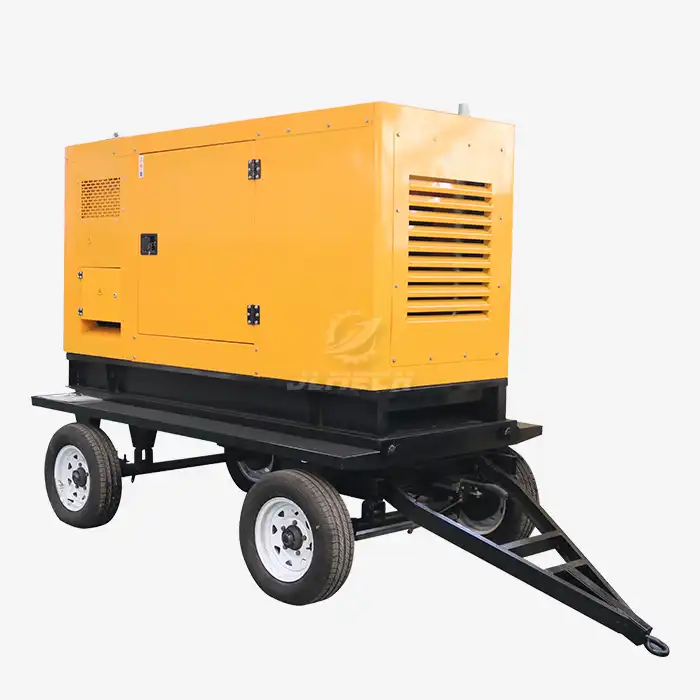Automatic Voltage Regulator (AVR) for Generators: When to Replace & How to Diagnose
In the world of power generation, voltage stability is not just a preference—it's an absolute necessity for protecting sensitive equipment and ensuring operational continuity. At the heart of this stability lies the Generator AVR, a sophisticated electronic component that continuously monitors and regulates your generator's output voltage. Understanding when and how to address Generator AVR issues can mean the difference between reliable power and costly downtime. This comprehensive guide will help you identify warning signs, perform accurate diagnostics, and make informed decisions about repair or replacement, ensuring your generator maintains perfect voltage regulation regardless of load conditions.

Understanding the AVR's Role
The Generator AVR serves as the precision control center for your generator's electrical output, performing several critical functions simultaneously:
Voltage Sensing: Constantly monitors the generator's output voltage
Comparison: Compares actual voltage against the predetermined setpoint
Correction: Adjusts excitation current to the generator's field winding to maintain stable voltage
Compensation: Responds to load changes and power factor variations to prevent voltage fluctuations
Think of the Generator AVR as the intelligent bridge between your generator's rotating mechanical components and the stable electrical power required by your equipment. Without a properly functioning AVR, even the most robust generator cannot deliver quality power.
Common AVR Failure Symptoms
Recognizing early warning signs of AVR trouble can prevent collateral damage to connected equipment and more expensive generator repairs:
Voltage Fluctuations: Erratic voltage output that varies significantly without load changes
Failure to Build Voltage: Generator runs but produces little or no electrical output
Overvoltage Conditions: Consistently high voltage readings that could damage connected equipment
Undervoltage Conditions: Persistent low voltage despite normal engine operation
Unstable Frequency: Frequency variations that accompany voltage instability
Inability to Handle Load: Voltage drops excessively when loads are applied
These symptoms indicate your Generator AVR may be failing to properly control the excitation current to the generator's rotor.
Step-by-Step Diagnostic Process
Before replacing your AVR, follow this systematic diagnostic approach to verify the problem source:
Visual Inspection:
Check for obvious damage, burn marks, or discoloration
Examine all electrical connections for tightness and corrosion
Verify integrity of wiring to and from the AVR
Voltage Measurements:
Test input power connections to the AVR
Measure field output voltage from the AVR to the exciter
Check stator output voltages for balance and stability
Component Testing:
Verify rotor and stator winding integrity
Test rotating diodes (if applicable) for shorts or opens
Check stability potentiometer and voltage trim operation
Load Testing:
Monitor voltage response when applying incremental loads
Observe recovery time after load application and removal
When to Replace Your AVR
Certain conditions clearly indicate the need for AVR replacement:
Physical Damage: Visible burns, cracked circuitry, or damaged connectors
Consistent Voltage Issues: When all other components check out but voltage problems persist
Intermittent Operation: Voltage that comes and goes despite good connections
Age-Related Failure: AVRs exceeding their typical service life (usually 7-15 years)
Lightning or Power Surge: After electrical storms or major power disturbances
Failed Self-Diagnostics: Error codes indicating AVR failure on equipped units
AVR Replacement Considerations
Selecting the right replacement requires careful consideration of several factors:
Compatibility: Ensure the replacement matches your generator's specifications including:
Voltage and frequency ratings
Excitation voltage and current requirements
Physical dimensions and connection types
Features: Consider upgraded features in modern AVRs:
Built-in protection functions
Digital displays and controls
Communication capabilities
Improved stability and response characteristics
Quality: Choose between OEM parts and high-quality alternatives based on:
Warranty terms and support availability
Expected service life and reliability
Environmental protection ratings
Preventive Maintenance Tips
Extend your AVR's lifespan and prevent premature failure with these practices:
Environmental Protection: Shield AVR from moisture, dust, and extreme temperatures
Electrical Protection: Ensure proper grounding and consider surge suppression devices
Connection Maintenance: Periodically check and tighten all electrical connections
Regular Testing: Include AVR performance verification in routine generator exercises
Voltage Settings: Avoid frequent or extreme adjustments to voltage potentiometers
Clean Power: Ensure the generator produces clean waveform before connecting sensitive electronics
Troubleshooting Common AVR Problems
Some AVR issues have straightforward solutions before considering replacement:
No Output Voltage: Check input power, fuses, and residual magnetism
Low Voltage: Verify stability capacitor, connections, and voltage trim settings
High Voltage: Inspect for shorted rotating diodes or faulty sensing circuits
Unstable Voltage: Examine capacitors, potentiometers, and feedback circuits
Overheating: Ensure adequate ventilation and check for overloading
Professional vs. DIY Approach
Understanding when to seek professional help can save time and prevent further damage:
DIY-Friendly Tasks:
Visual inspections and connection tightening
Basic voltage measurements with proper safety precautions
Cleaning and environmental improvements
Professional Services Recommended:
Complex diagnostics requiring specialized equipment
Internal AVR repairs or component-level troubleshooting
System commissioning and calibration after replacement
Warranty-covered repairs or replacements
Conclusion
Your Generator AVR plays an indispensable role in delivering stable, reliable power. Recognizing failure symptoms early and following proper diagnostic procedures can significantly reduce downtime and repair costs. While some basic troubleshooting can be performed in-house, complex issues often require professional expertise to ensure correct resolution and prevent collateral damage. Regular maintenance and proper operating conditions will extend your AVR's service life, protecting your generator investment and ensuring continuous power quality when you need it most.
Our technical team specializes in AVR diagnostics, replacement, and generator power quality optimization. For professional assistance with your Generator AVR needs, contact our experts at skala@whjlmech.com.
References
Generator Manufacturers Association. (2021). Recommended Practice for Generator Voltage Regulation Systems. GMA Technical Publication TP-109.
International Organization for Standardization. (2018). *ISO 8528-13:2018 - Reciprocating internal combustion engine driven generating sets - Part 13: Safety*.
National Fire Protection Association. (2020). NFPA 110: Standard for Emergency and Standby Power Systems.
Johnson, M. (2022). Emergency Power Systems: A Comprehensive Guide to High-Speed Diesel Generators. Power Engineering Quarterly, 45(3), 78-92.
 VIEW MORERemote start power unit generator
VIEW MORERemote start power unit generator VIEW MOREStandby generator 20kVA
VIEW MOREStandby generator 20kVA VIEW MORE80KW 60Hz 220V diesel generator
VIEW MORE80KW 60Hz 220V diesel generator VIEW MOREPortable type Silent Diesel Generator
VIEW MOREPortable type Silent Diesel Generator VIEW MOREDiesel generators used in hospitals
VIEW MOREDiesel generators used in hospitals VIEW MOREOpen Type alternator
VIEW MOREOpen Type alternator VIEW MOREpetrol powered leaf blower
VIEW MOREpetrol powered leaf blower VIEW MOREkubota diesel generator 35kw
VIEW MOREkubota diesel generator 35kw



